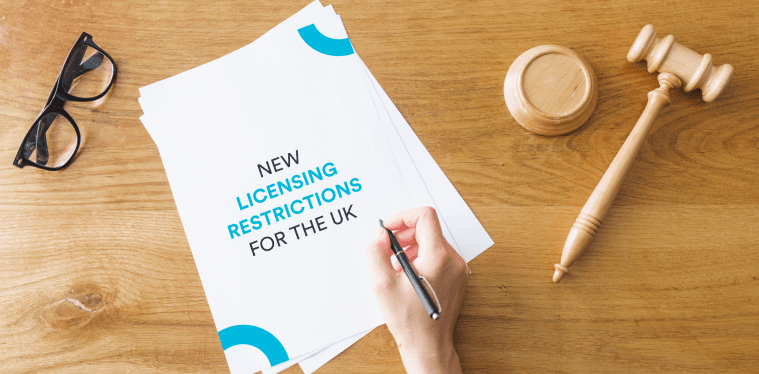The UK government is considering introducing a new a licencing framework for non-surgical cosmetic procedures. This would come in the form of an amendment to the Health and Care Bill that would grant the Health Secretary the authority to issue a licence for botox and filler providers, in order to safeguard consumers from botched cosmetic operations.
Based on the current regulations, botox must be prescribed, but it can be injected by someone who is “properly qualified”, as determined by the prescriber. Fillers don’t require a prescription and are subject to an unregulated practice.
With these rules being brought into the discussion, Health and Social Care Secretary Sajid Javid commented:
“I am committed to protecting patient safety by making it an offence for someone to perform these cosmetic procedures without a licence.”
Why the sudden change in regulations?
Botox and dermal fillers are common cosmetic procedures in society today. Botox is used to relax facial muscles and smooth away wrinkles. Fillers offer volume and fullness to parts such as the lips and cheeks, giving patients a more youthful appearance. These operations are relatively simple and quick to perform, with almost instantaneous results.
Worryingly, the aesthetic medicine industry has been affected by a threat – particularly, the rise of botched beauty procedures. While such cases don’t occur very often, it’s undeniable that there is a rising tide and enough horror stories out there about inept surgeons performing their practices in poor conditions.
Minister for patient safety, Maria Caulfield, remarked:
“While these can be administered safely, we are seeing an unacceptable rise in people being left physically and mentally scarred from poorly performed procedures.”
Burns, excessive swelling, and bruising are all serious side effects. You could get an infection, and the filler could move to another part of your face, causing a world of pain.
In her statement on the topic, she pointed the finger at social media and the unhealthy obsession with unrealistic beauty as the real contributors to why the demand for Botox and fillers is on the rise, especially in the younger population.
Who do these rules affect?
Currently, any underage person in the UK is considered eligible to schedule an appointment and undertake a Botox or filler procedure as long as they have parental consent.
However, with the new legislative changes, the Government bans administering such treatments to people under the age of 18.
Any actions to be undertaken by unlicensed practitioners will be considered illegal and subject to a fine. This involves scheduling an appointment or arranging to perform the treatment on a minor via online booking.
In addition, the promotion of cosmetic treatments targeting those under 18 is prohibited on all media types, including social media, influencer marketing, and traditional advertising.
Pabau's contribution toward safer practices
Although aesthetic and medical patients have distinct needs, the desired physician-patient interaction in cosmetic medicine should be similar to that in basic medicine.
This means that aestheticians should inform their patients about the risks associated with procedures but never conduct dubious operations that can leave a permanent scar.
Once an aesthetic practitioner becomes a client of Pabau and employs our software in their daily practice, they will have the opportunity to digitally document the patient’s journey from the get-go.
With the Pabau software as their guide, practitioners can ensure that their patient is not underage and it’s legally fit to perform a procedure on them, resulting in a non-controversial relationship between the patient and the practitioner.




